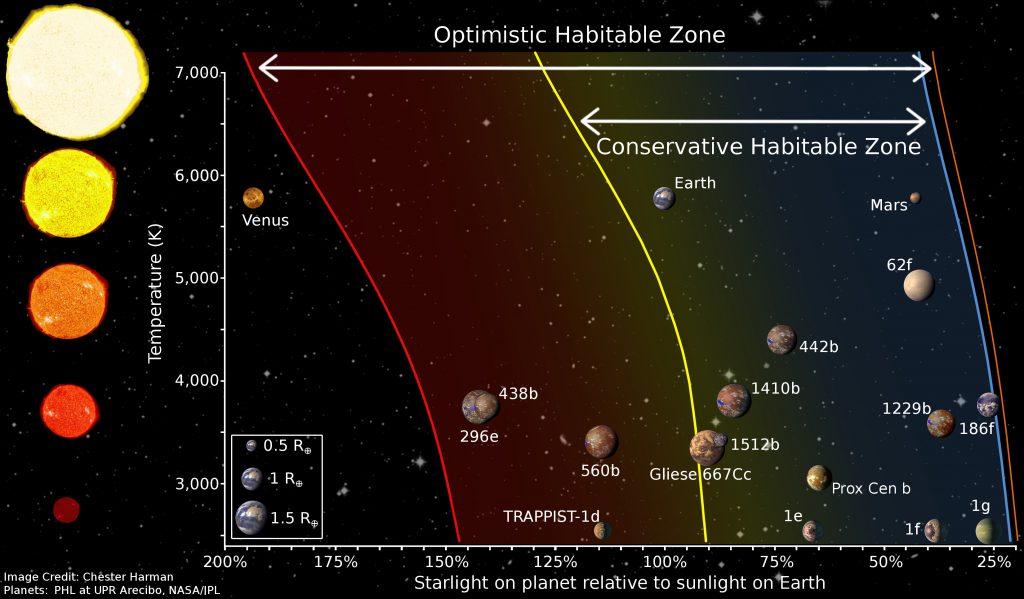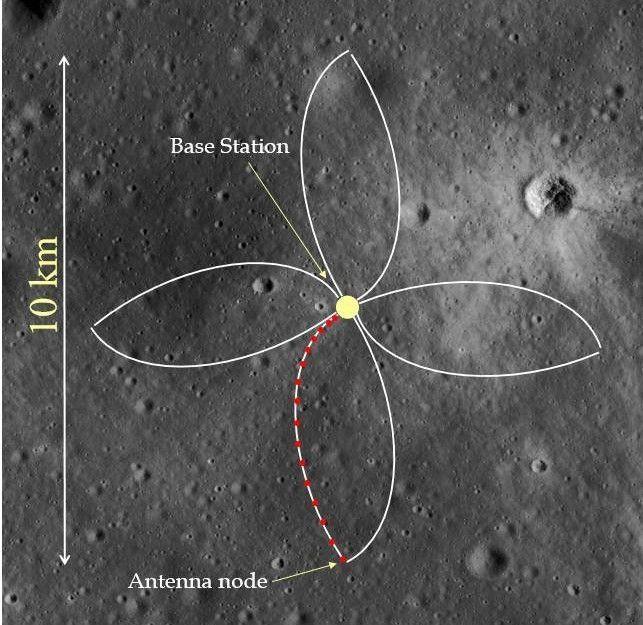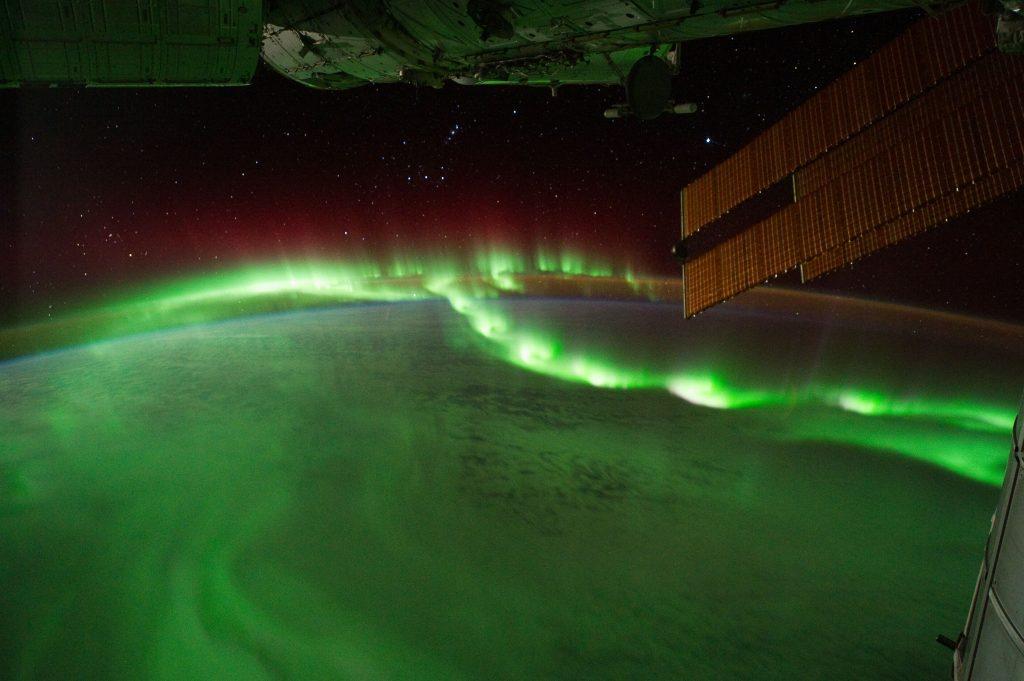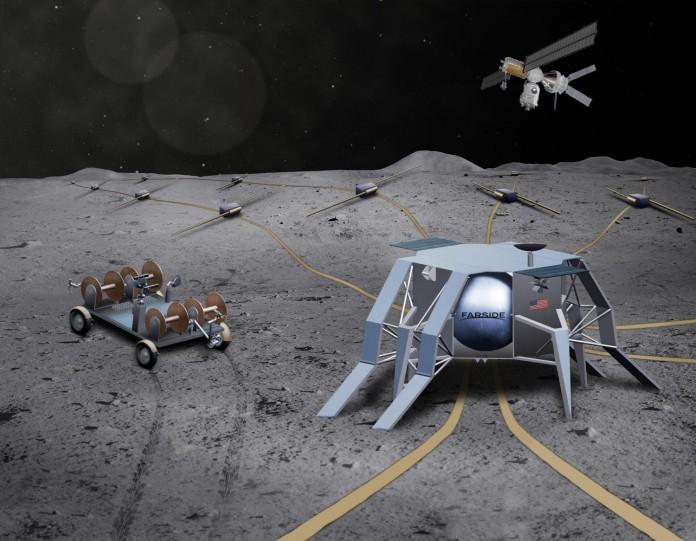For more than a century, mankind has looked into the vastness of our solar system with hopes of discovering worlds that could not only host alien life but also human colonization. Or, perhaps, a backup colony in case our squabbles render us inert. Yet, as our technology advances and aerial vehicles fly on desert expanses, we realize that our world is but a mere cosmic wonder. In last week’s column, we discovered that Earth’s sister planet, Venus, is an absolute disaster of a world. Due to the lack of a magnetic field, damaging solar winds bombard the Venusian atmosphere and wreak all sorts of havoc. Combine this with Venus’s tighter solar orbit and you get a recipe for disaster. Sort of like baking a cake at 800+ degrees for a few billion years. However, while Venus and Mars failed to produce a suitable environment for life to flourish, they have provided astronomers with the clues they need to search the cosmos for potentially habitable planets outside of our solar system. On this month’s The Cosmic Mariner, we’re taking a half-empty glass and making it half full.

Upon your first reading, Goldilocks and the Three Bears had little astronomical importance. It is, after all, a children’s book about beds (although the original is much creepier). Surprising as it may be, this tale provides a major tactic in the search for habitable extrasolar planets. First and foremost; for a celestial body to harbor life, it must be cozy. By cozy, I mean the surface temperatures must be such that water can exist in a liquid state. While this is implicitly an “Earth Bias”, this is the best data we have to support a basic necessity for life. Knowing these temperatures, below freezing and above boiling, we can begin to form a zone that extends from a point near the sun to a point at which water will only exist as a solid. This is called the “Goldilocks Zone” or the zone of potentially habitable terrestrial worlds with liquid water. As stars increase in temperature, this zone will move further away from the star and grow in size. On the contrary, less radiant stars will draw the zone inward and shrink it in size. In our solar system, Venus is at the inner edge of the Goldilocks Zone and Mars is near the outer edge of the Goldilocks Zone. Nevertheless, while knowing an exoplanet’s orbital distance does assist astronomers, it’s truly just a piece of the puzzle in determining the potential for life to exist.
Magnets. They’re fun to play with and protect planets from the deadly radiation stars like the sun eject into space continuously. Sort of. Because of Earth’s fast rotation rate and molten iron-nickel core, our planet generates a powerful magnetosphere that protects us from the harmful winds that stripped both Venus and Mars of their atmospheres. Space weather is brutal. Yes, space weather. Can we get a “Twister” sequel in space? “We’re going Gamma,” says Bill Paxton as cosmic rays cause him to briefly experience flashes of hallucinogenic light. Side note: this happened during Apollo. Give it a Google. Because Venus rotates so slowly, it doesn’t have a dynamo which in turn creates a magnetic field. Mars, on the other hand, is much smaller and cooled much quicker than Earth and Venus. This caused the planet’s lithosphere, or the zone of tectonic fluidity on Earth, to solidify which in turn halted the creation of a magnetic field on Mars. Since these magnetospheres protect planetary surfaces from space weather and the planets need to be in the Goldilocks Zone to support liquid water and possibly life, we now have two very specific factors of a planet’s habitability equation that allow us to narrow our exoplanet search without deep diving into every terrestrial world/moon we discover. But how do you know if an exoplanet has a magnetosphere? Enter the FARSIDE mission.

FARSIDE or the Farside Array for Radio Science Investigations of the Dark ages and Exoplanets (we’ll stick with FARSIDE), is a radical new telescope idea proposed by one of my amazing CU Boulder professors; Dr. Jack Burns. Aptly named, the FARSIDE telescope would be placed on the farside of the moon which is shielded from the radio transmissions we Earthlings send into space daily. This massive telescope, which looks more akin to a large flower made of hoses, spans 6 miles and is designed to peer into the cosmos using low-frequency radio waves in part to detect, you guessed it, magnetospheres on extrasolar planets. By scanning these exoplanets in low-frequency radio waves, the FARSIDE telescope can detect something called Auroral Kilometric Radiation which is the product of solar radiation being channeled and deflected by a planet’s magnetosphere. Earth, Saturn, Jupiter, Uranus, and Neptune all have Auroral Kilometric Radiation that astronomers use to learn more about their respective magnetic fields. Should FARSIDE, or a telescope of similar capability, be created, we could pair our knowledge of exoplanets and their locations in their respective solar systems with the existence of a magnetic field to directly measure the number of potentially habitable worlds within the Milky Way. But that’s not all. By studying the AKR of a planet, we can also infer other properties of these alien worlds that will give us even better insight.

With all of this being said, FARSIDE is still a proposal and nothing more. While we have discovered magnetospheres on exoplanets dubbed “hot Jupiters,” essentially gigantic Jupiters much closer to their respective suns, our ability to detect magnetospheres is still in its infancy. But next time you view Venus, Mars, or the stunning Aurora Borealis, keep in mind that these astronomical sights have given us keys to unlocking the mystery of life in the universe. And, should intelligent alien civilizations exist, they can use these same methods to look at our tiny blue home and read our cosmic signature in the form of our invisible shield’s radiation. Perhaps, one day, we’ll see these signatures on other worlds as well.


